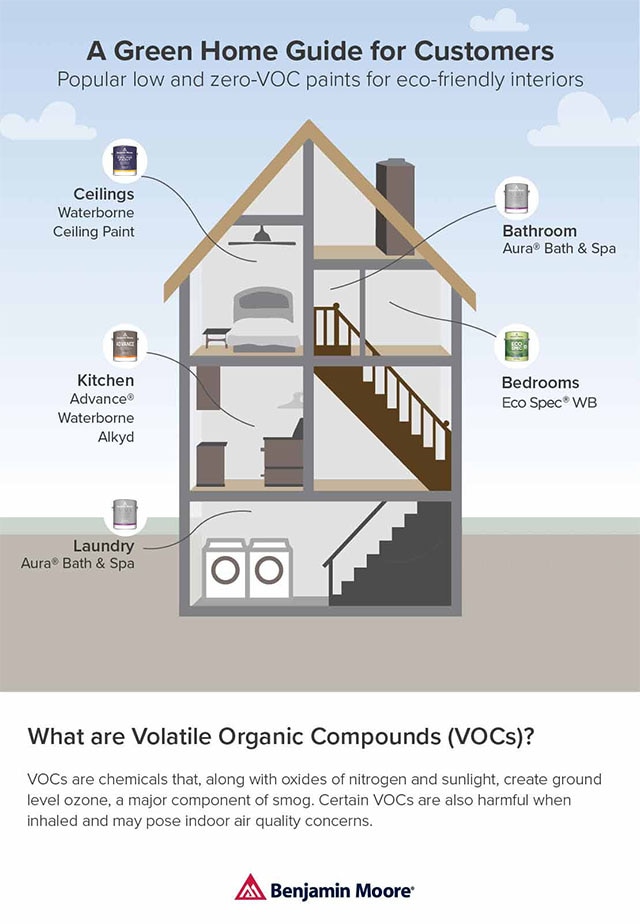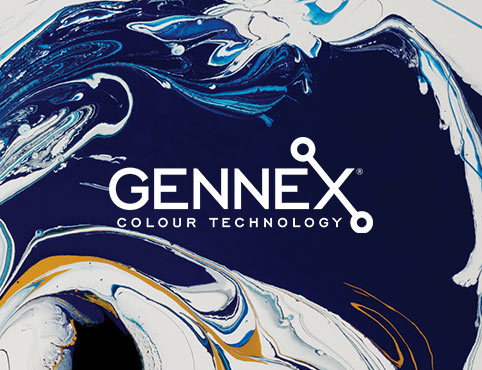"Many states offer LEED® Certification tax credits and other incentives for professionals who use low or zero-VOC paints. We can help you find and leverage these credits."
Paint VOCS—What Your Customers Need To Know
Low and zero-VOC paints are becoming increasingly popular as a green alternative for homeowners. But in this booming eco-friendly market, the vast amount of information on VOCs can be overwhelming. This guide can help you simplify the facts for your customers.What are VOCs?
VOCs are Volatile Organic Compounds. When it comes to paint, VOCs are often added for better open time and freeze-thaw resistance and are emitted as gasses from liquids that evaporate as paint dries. Certain VOCs are harmful when inhaled and may pose indoor air quality concerns.
About VOCs and Emissions
Zero Emissions:
In the U.S., the Federal Trade Commission (FTC) has determined that an emission-free or zero-emissions (or VOC) paint claim can be substantiated by, among other things, evidence demonstrating the paint has trace levels of emissions six hours or less after application (and thereafter) and contains no substance that could cause material harm to the health of the average adult under normal anticipated use. Eco Spec® paint meets this standard.
Trace level of Emission:
“Trace” level of emissions means:
- A VOC has not been intentionally added to the covered product;
- Emission of the covered product does not cause material harm that consumers typically associate with emission, including harm to the environment or human health; and
- Emission of the covered product does not result in more than harmless concentrations of any compound higher than would be found under normal conditions in the typical residential home without interior architectural coating.


It’s Easy—and Free
Get high-value merchandise and experiences from the points you earn buying paint.
Twitter Logo
Follow @BenMoorePro for content created specifically for professionals.




